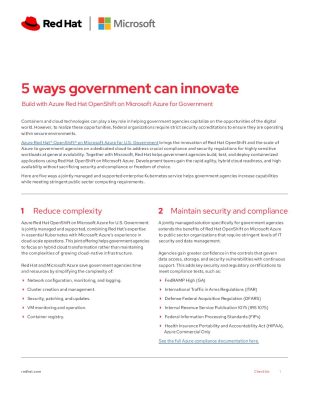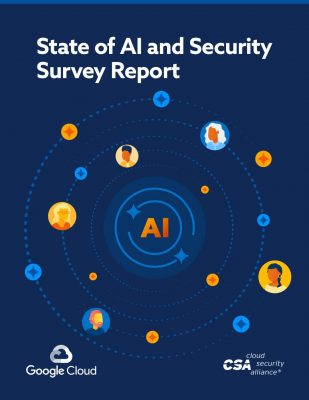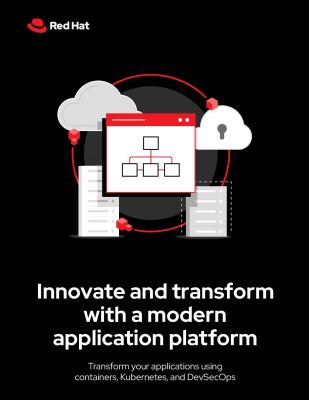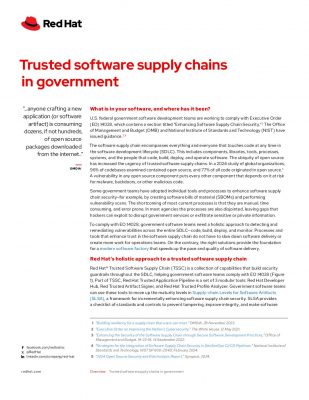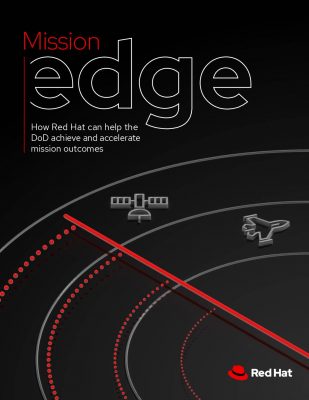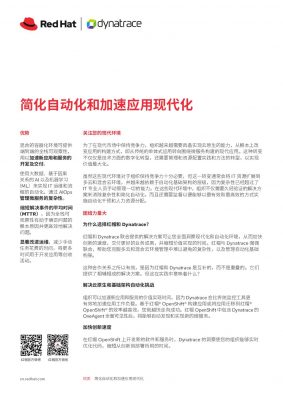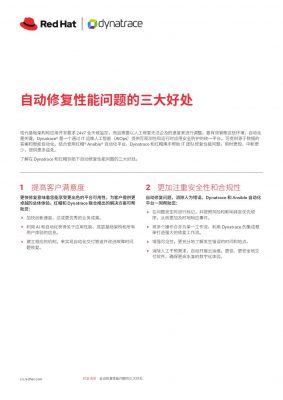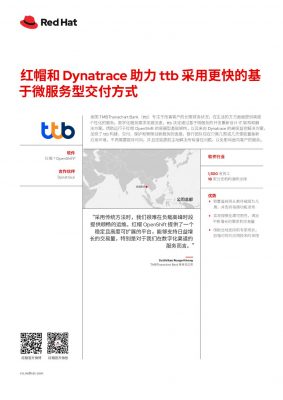Highlights:
- Distributed denial of service (DDoS) attacks are particularly effective against cloud-based systems and can cause significant disruption to your business.
- Attackers can attempt to gain unauthorized access to sensitive data by stealing or compromising cloud service credentials.
In recent years, companies and enterprises have undergone a significant digital transformation. As part of this transformation, employees and organizations have embraced cloud services and implemented bring-your-own-device (BYOD) policies, enabling users to work efficiently from anywhere.
However, some leaders have chosen to bring employees back to the office to prioritize productivity and security. In these scenarios, it becomes crucial for businesses to stay updated on evolving technologies, cybersecurity testing trends, and threat information to effectively safeguard data and other valuable assets from diverse security threats.
Before proceeding further, gaining a comprehensive understanding of the existing security threats is imperative.
What are Security Threats?
Organizations are consistently striving to migrate their valuable data to the cloud. As the number of businesses embracing cloud computing continues to grow, the frequency and complexity of cloud security threats will be anticipated to escalate in the year 2023. It is of utmost importance for organizations to stay vigilant and well-informed about the potential risks they may encounter in the cloud environment.
To shed light on this crucial matter, we have compiled a list of the top cloud security threats organizations should be cognizant of.
- Insider threats: These threats, such as employees or contractors who have access to sensitive data, can pose a significant risk to organizations that store their data in the cloud.
- Account hijacking: Attackers may attempt to steal or compromise cloud service credentials to gain unauthorized access to sensitive data.
- Data breaches: Organizations that store their data in the cloud are vulnerable to data breaches, where attackers can access and steal sensitive information.
- Misconfigured cloud services: Incorrectly configured cloud services can open organizations to security risks, such as data exposure or unauthorized access.
- Malicious third-party applications: Using third-party applications and services in the cloud can introduce security risks if the third-party vendor does not have robust security measures in place.
- DDoS attacks: Distributed Denial of Service (DDoS) attacks can be particularly effective against cloud-based systems and can cause significant disruption to organizations.
Critical Areas Exposed to Cloud Security Threats
Despite the high-end security, various parts of the cloud computing environment contain cloud security threats. Some of them are listed below:
- Cloud infrastructure: The physical and virtual components of a cloud computing environment, such as servers, storage, and networking equipment, can be vulnerable to attacks.
- Cloud platforms: The underlying software and hardware that support cloud services, such as cloud operating systems, virtualization software, and storage systems, can contain vulnerabilities that attackers can exploit.
- Cloud applications: Applications running in the cloud, including custom-built and third-party applications, can contain vulnerabilities that attackers can exploit to gain access to sensitive data.
- Cloud data: The data stored in the cloud, including sensitive information such as financial data, personal information, and confidential business information, can be vulnerable to theft or exposure.
- Cloud users: Cloud users, including employees, contractors, and partners, can introduce security risks through human error or malicious intent.
To mitigate these risks, it is critical to implement strong access controls, encryption mechanisms, regular security audits, and proactive cloud infrastructure and services monitoring.
Furthermore, keeping security patches up to date, training users on secure practices, and implementing robust incident response plans are critical for effectively addressing cloud security threats.
Security Measures for Cloud Security Threats
To overcome cloud security threats in 2023, organizations should implement comprehensive security measures that address the various risks associated with cloud computing. Some of the vital safety measures include:
- Access control: Implement robust access control measures, such as multi-factor authentication, to prevent unauthorized access to cloud systems and data.
- Encryption: Encrypt sensitive data both in transit and at rest to protect it from unauthorized access.
- Monitoring and logging: Implement continuous monitoring and logging of cloud activities to detect and respond to security incidents.
- Secure configurations: Configure cloud services and platforms securely, following best practices and guidelines, to minimize the risk of vulnerabilities.
- Third-party risk management: Evaluate and manage the security risks associated with third-party cloud services and applications, including regularly reviewing and updating security policies and procedures.
- Disaster recovery and business continuity: Develop and implement disaster recovery and business continuity plans to ensure that critical operations can continue in the event of a security breach.
- Employee training: Provide regular security training to employees to help them understand the importance of security and how to identify and respond to potential threats.
- Surrender VPNs: Virtual private networks (VPNs) have been the go-to remote solution for years. The people working away from offices had problems connecting users back onto the perimeter. But, with the rising traffic and users connecting from anywhere, it puts strain on VPNs. Technology also brings risks of its own. Therefore, it is time to get legacy security tools such as data loss prevention (DLP).
- Give up SaaS apps: Each SaaS application brings unique operational controls and challenges for the organization. While on-premises applications may have centralized access controls and privilege management, the cloud lacks standardized policy administration. Establishing a practical approach to security management is crucial to address the risks associated with SaaS application misconfigurations, which can lead to significant breaches.
Conclusion
It can be challenging to keep up with and protect against new cybersecurity threats as they emerge. With millions of hackers working around the clock to develop new attack strategies faster than companies can update their defenses, even the most robust cybersecurity system cannot guarantee attack protection.
That is why it is critical to supplement your cybersecurity strategy with adequate insurance to ensure that the resulting damages do not bankrupt your organization, even if you are the victim of a successful attack.
Furthermore, to stay ahead of evolving threats, organizations must take a proactive approach to security and continuously evaluate and update their security measures.
Take a deep dive into our wide range of security whitepapers.



